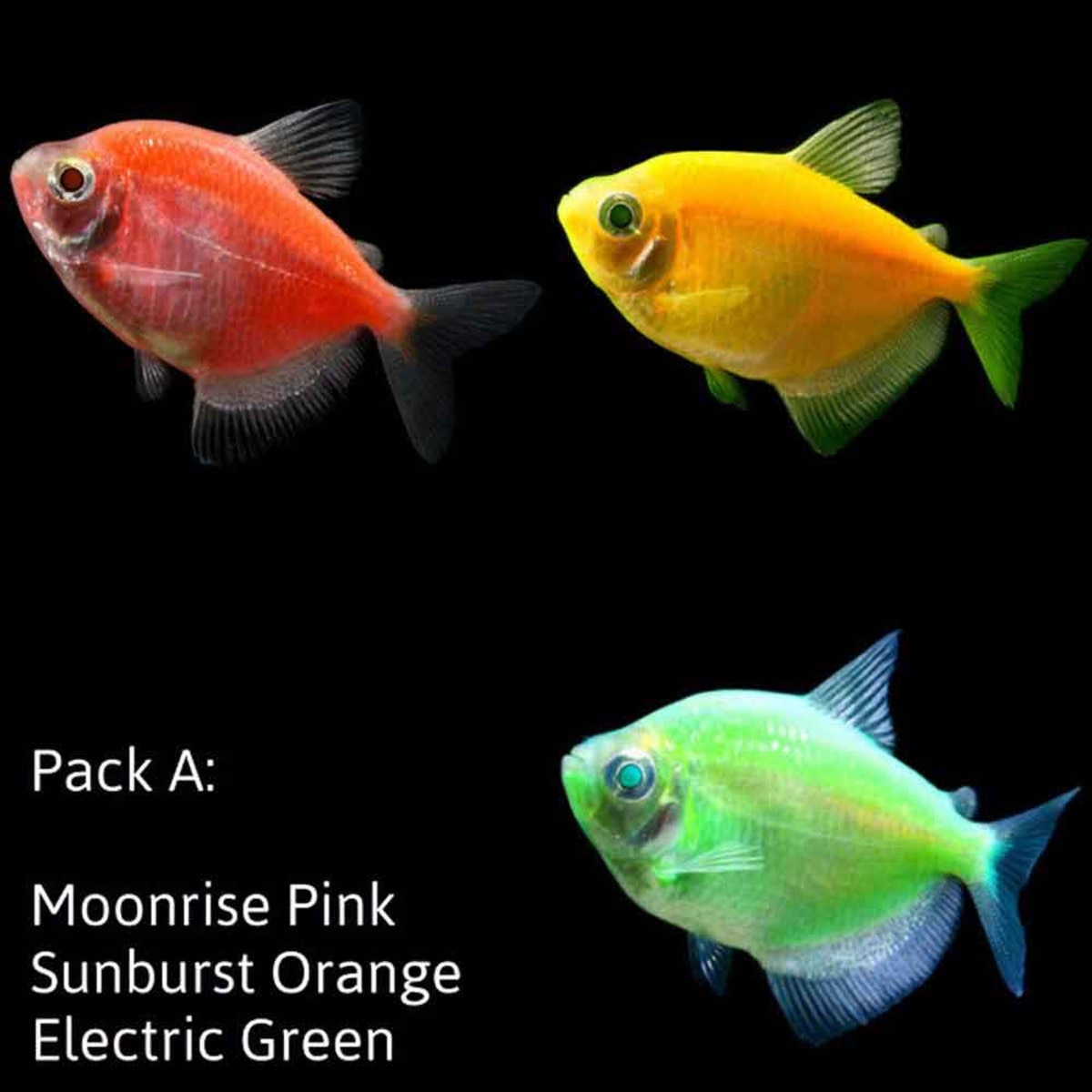 In the first two parts of this series, we discussed anti-bacterial and anti-parasitic ingredients but there are multi-purpose aquarium medications that are available to aquarists treat more than one symptom. Also, we often see more than one type of infection at a time as one can lead to another. Parasites may lead to bacterial infections at the wound site, and secondary fungal infections may occur as a result of a bacterial infection. These ingredients listed here may be effective for more than one type of disease or outbreak.
In the first two parts of this series, we discussed anti-bacterial and anti-parasitic ingredients but there are multi-purpose aquarium medications that are available to aquarists treat more than one symptom. Also, we often see more than one type of infection at a time as one can lead to another. Parasites may lead to bacterial infections at the wound site, and secondary fungal infections may occur as a result of a bacterial infection. These ingredients listed here may be effective for more than one type of disease or outbreak.
Acriflavine:
Acriflavine is used as an active ingredient to treat a number of conditions. It is an antiseptic that has been shown to be successful in treating fungal infections on fish as well as to treat some bacterial and parasitic infections. It can be used against two of the most resistant infections in the aquarium hobby: Oodinium (parasitic) and Columnaris (bacterial). Acriflavine is generally used for infections based in the slime coat and skin of the fish, not for “larger” parasites like Ich or worms.
Formaldehyde/ Formalin:
Formaldehyde is well-known as a preservative, especially for scientific specimens, but it is also used in medications and diluted solution of formaldehyde gas are found under the name Formalin. Formalin by definition is usually about 37% formaldehyde. Formaldehyde and Formaline are both used to treat fungal infections and some parasites – including the notorious Ich – but can be dangerous, especially to invertebrates (after all, parasites are invertebrates). Most formaldehyde-based medications work better as a bath or dip instead of being used to treat the entire system, and any of these medications should never be used with invertebrates that you want to keep alive. Formalin also depletes the oxygen in the water very quickly, so the water must remain well-aerated, especially when the concentration is high and water movement is low, as in a dip. Some of these medications can also be used to keep fish eggs fungus-free.
Read More »
 That Fish Blog – Aquarium Advice and Information
That Fish Blog – Aquarium Advice and Information




